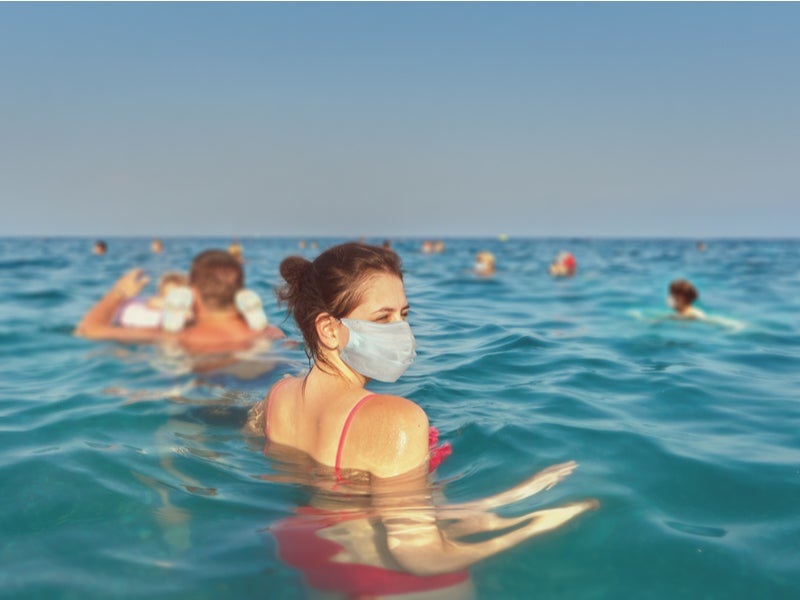
Covid-19 is set to take a toll on global healthcare systems until at least the end of 2020, and most likely well into 2021. Among the many unanswered questions is whether the disease has a seasonal element like influenza, and will naturally wane over the summer before resurging in the winter.
Scientists at Lawrence Berkeley National Laboratory in California are now using machine learning to process global health and environmental datasets to find an answer.
Berkeley Lab computational biologist Ben Brown says: “Our base data builds on the amazing work that Bin Yu and her group at UC Berkeley has done in compiling and QCing many data sources: Covid cases, plus demographic and socioeconomic information as well as population health status data.
“We will add high-resolution weather parameters, anonymised mobility data from cell phones – the mobility data will quantitatively account somewhat for public health interventions like shelter-in-place – and other factors like testing rates to estimate the true case numbers will also be explored.”
Research has already indicated that Covid-19 could be seasonal
The initial goal is to predict, for each US county, how environmental factors can be expected to influence the spread of the virus.
The huge number of variables assessed in the research would be almost impossible to detangle without the help of artificial intelligence (AI). Although social contact rates are still the main way the disease is spread, factors like temperature, humidity and UV index have all been associated with Covid-19 transmission. Alongside this, there’s an extent to which they all impact each other – weather, for example, directly impacts how much time people are likely to spend outdoors.
How well do you really know your competitors?
Access the most comprehensive Company Profiles on the market, powered by GlobalData. Save hours of research. Gain competitive edge.

Thank you!
Your download email will arrive shortly
Not ready to buy yet? Download a free sample
We are confident about the unique quality of our Company Profiles. However, we want you to make the most beneficial decision for your business, so we offer a free sample that you can download by submitting the below form
By GlobalDataResearch from the US National Biodefense Analysis and Countermeasures Center has already indicated that Covid-19 could be seasonal. It was found that under sunlight and humidity on various surfaces, the virus lost viability in less than an hour, but in darkness and low temperatures it remained stable for eight days.
The Berkeley researchers don’t expect that climate will be suddenly revealed as a dominant factor in the spread of the disease, but there could be important interactions between the different variables. It appears to have spread far more slowly in the southern hemisphere than in the northern hemisphere, for example. While many factors could contribute to this, it’s key to note that the warmer summer months in the southern hemisphere are December, January and February, when Covid-19 was beginning to take hold around the world and it was winter in the north.
Could winter weather increase the spread of Covid-19?
The key question now is whether there will be an increase in transmission in the southern hemisphere as it moves into winter throughout June, July and August, and whether autumn or winter in late 2020 could therefore lead to a second wave in the US and the northern hemisphere.
Brown says: “In general the seasonality of respiratory viruses is a complex problem, even more complex when the virus has not reached equilibrium with the population in terms of exposure and immunity, as is the case with Covid-19.
“However, being able to accurately identify how specific factors like temperature, humidity, UV and wind speed influence virus transmission, either directly through effects on virus viability/aerosol dynamics or indirectly through impacts on human physiology or behaviour, would allow for improved prediction and development of public health strategies.”
The Berkeley Lab research team hopes to have the first phase of its work complete by late summer or early autumn in the US. After this, they plan to move into making projections under different scenarios, to try and aid in public health decisions. The different data scenarios they hope to try out include the impact of continued social distancing, the presence of vaccines or some level of herd immunity in different parts of the US.
“We are focusing on the US for now due to data availability,” Brown says. “If we are successful in identifying robust relationships with weather parameters, we could use the same models to determine what influence seasonal weather factors might have on Covid transmission as the southern hemisphere moves into winter.”







